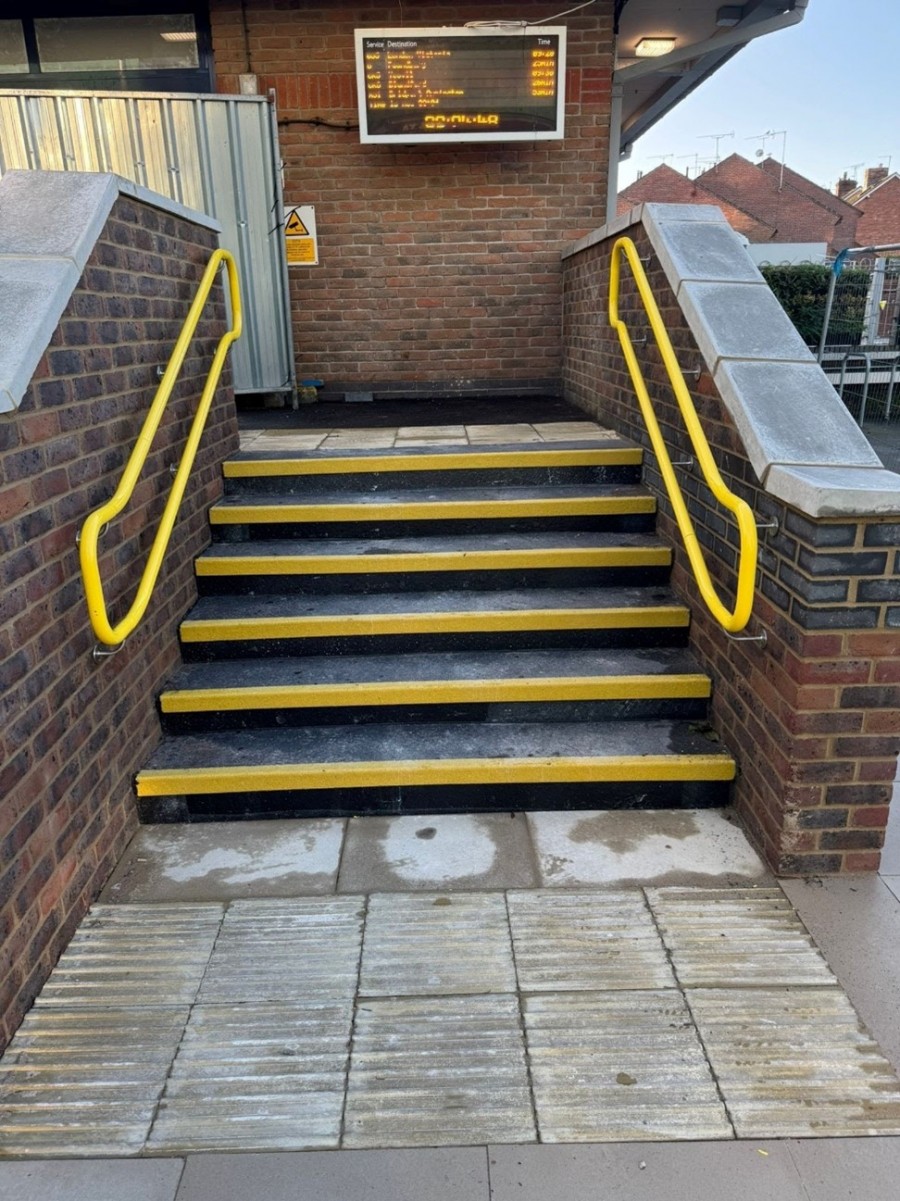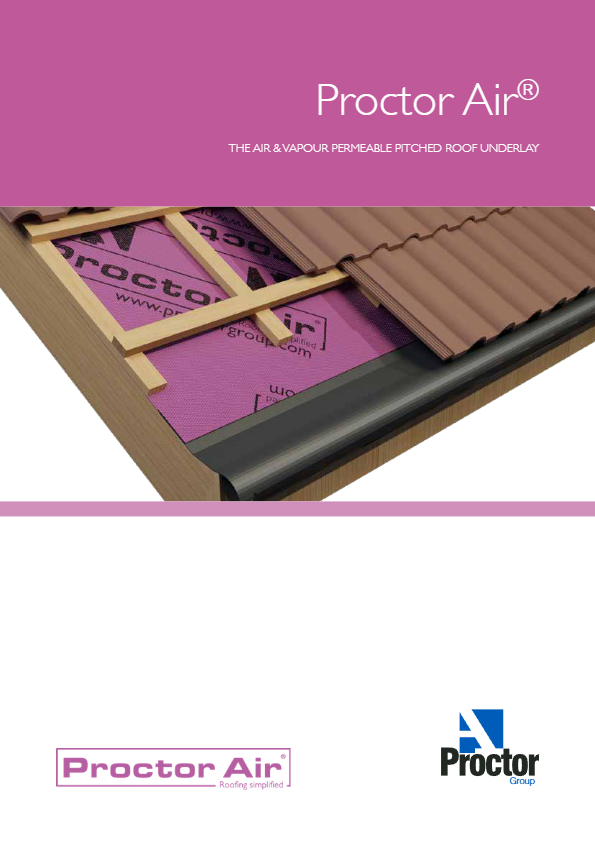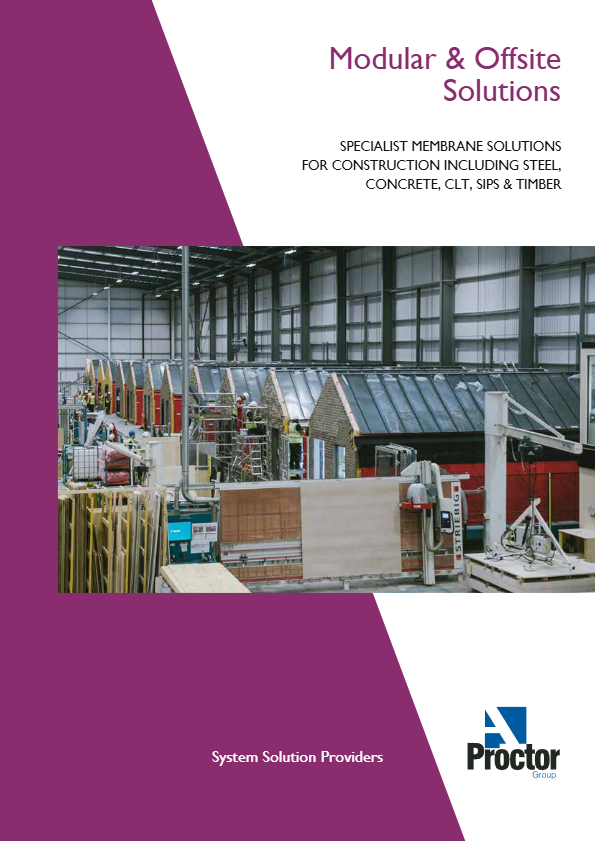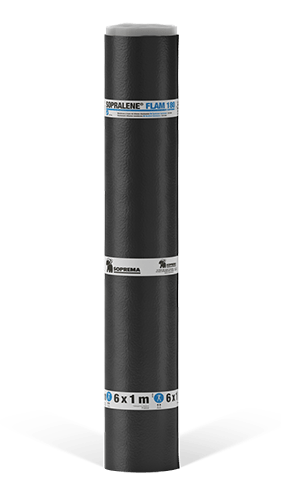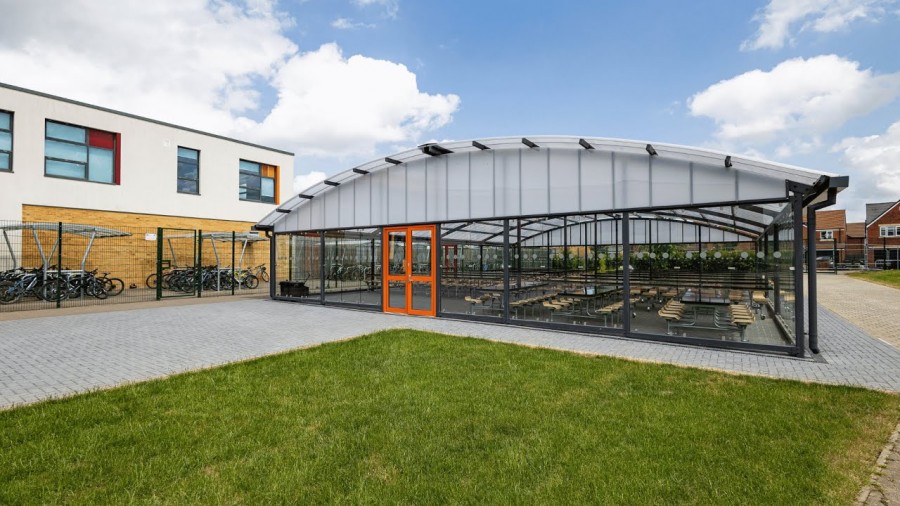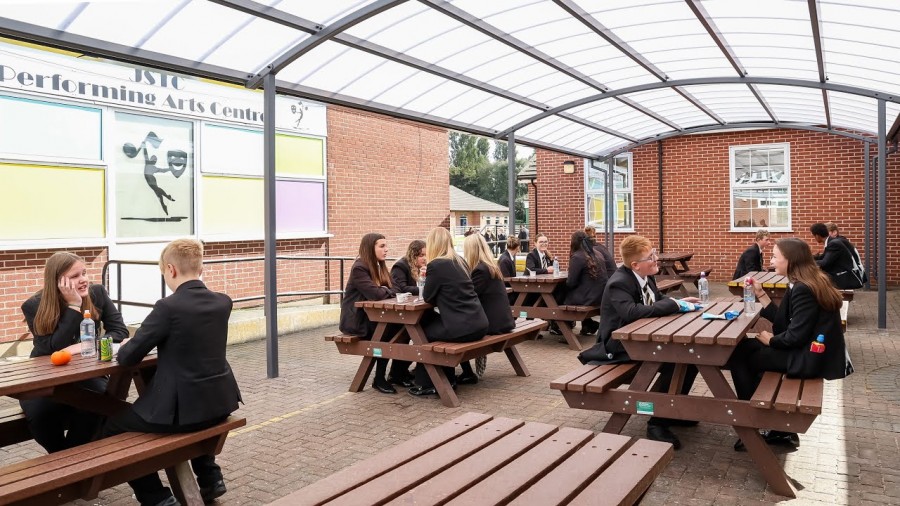
Allegion has completed a project to provide a biometric access control system at one of Europe’s largest ever construction projects, Queen Elizabeth Olympic Park, with the system installed verifying the credentials of over 10,000 workers during an 18-month build project.
The project formed part of a £292 million construction scheme to transform Queen Elizabeth Olympic Park into its legacy state following the success of the 2012 London Olympic Games.
It is second time Allegion has been involved in the landmark site. In 2007, when the regeneration project to build the Queen Elizabeth Olympic Park, first got under way, Allegion installed biometric handreaders at entrances to the construction site. The handreaders successfully enrolled and handled over 30 million transactions during this initial project, helping ensure the safety of 81,000 people.
When the 2012 London Olympic Games were over, attention was turned to transforming the vast site once again. Main contractor, BAM Nutall, appointed Human Recognition Systems (HRS) to deploy a secure access control and workforce management system that could work at scale, and would be innovative and flexible enough to be easily relocated while also remaining cost effective.
HRS selected Allegion as a partner to once again deliver one of the most advanced security solutions on the market today, incorporating biometrics. Allegion’s Schlage HandPunch hand readers were installed around the BAM-controlled 17km master site, utilising 24 turnstiles from the original construction project.
Paul Taylor UK Sales Leader at Allegion, said: “Having worked together on a biometric access control and workforce management system for the construction of Queen Elizabeth Olympic Park in the build-up to the 2012 London Olympic Games, HRS and Allegion already had a successful track record at this iconic site. For this next major construction scheme, HRS developed and installed a system which once again used Allegion’s tried-and-tested Schlage HandPunch.”
The Schlage HandPunch biometric reader uses field-proven hand geometry technology. It maps and verifies the size and shape of a person’s hand in less than one second, making it ideal for high throughput applications; and it is well-suited to the construction environment, as a user’s hand does not have to be clean or sterile for the reader to work.
Construction workers at Queen Elizabeth Olympic Park were enrolled onto the system by inserting their hand onto the platen of the HandPunch hand reader and were also given an individual PIN number. To gain access, workers entered their PIN number on the keyboard of the hand reader and placed their hand on the platen. Each transaction was recorded, providing accurate information on the number of workers onsite and duration of stay.
The use of hand geometry meant no fingerprints or palm prints were taken. Users therefore did not leave behind any trace of biometric data, so there were no privacy concerns with the use of the technology.
Over time, the biometric access control solution proved its flexibility, and the access control points were re-sited as the 17km site perimeter altered over time. The redeployment of existing turnstiles and access control equipment from the original build ensured the project was managed sustainably.
The system also provided robust health and safety information. Accreditation was tied to employee biometric details and featured an inbuilt alarm to warn managers of those whose accreditation was about to expire. If a worker was banned from a site, this change cascaded to every site networked with the central situation and managers could also store details in the system whenever an employee was involved in an accident.
In addition to the health and safety, sustainability, and security advantages, biometrics also had cost benefits for the project, with the electronic system relying less on security personnel stationed at site access points. It also made it virtually impossible for site workers to clock in and out on behalf of each other, and the data provided meant more accurate payments could be made to contractors.
BAM selected MSite software as an access control and workforce management solution that would work with the biometric technology to identify workers and manage their access rights to the site. A single instance of the software encompassed all 24 turnstiles, enabling reports to be combined from multiple satellite sites onto one system.
HRS’ exclusive license to use CSCS (Construction Skills Certification Scheme) smart cards in conjunction with biometrics for access control enabled BAM to validate both the worker’s identity and CSCS accreditations, and allowed BAM to avoid costs for additional swipe cards, by utilising those already issued by CSCS.







